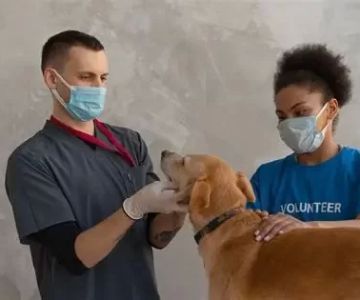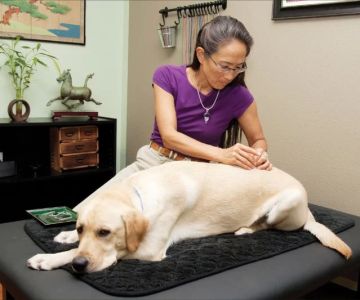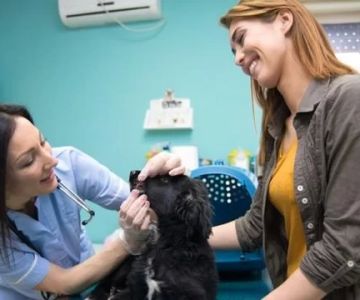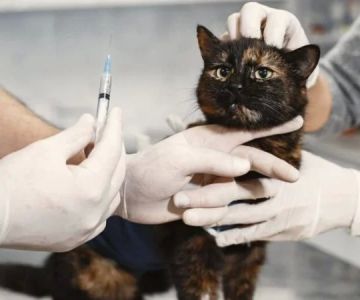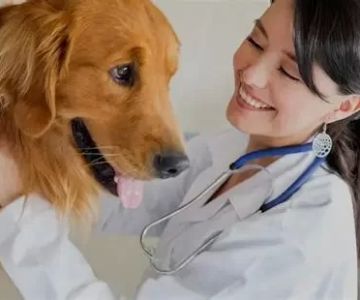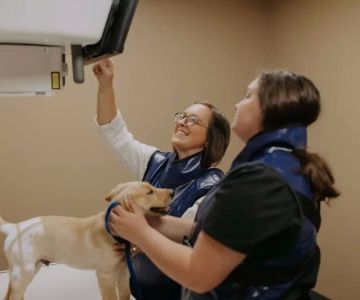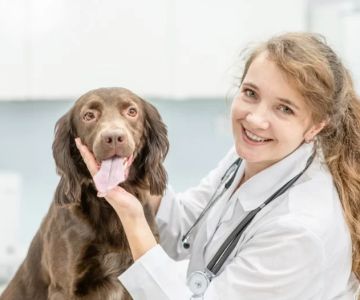- 1-Defining-the-Roles-of-a-Doctor-and-a-Veterinarian
- 2-Educational-Paths-and-Training-Requirements
- 3-Daily-Responsibilities-and-Work-Environment
- 4-Real-Life-Examples-Showing-Professional-Differences
- 5-Choosing-Between-a-Career-as-a-Doctor-or-Veterinarian
Defining the Roles of a Doctor and a Veterinarian
At first glance, a doctor and a veterinarian might seem similar since both are medical professionals dedicated to healing. However, the primary difference lies in their patients: doctors treat humans, while veterinarians care for animals. This fundamental distinction shapes their responsibilities, expertise, and approaches to healthcare.
Doctors focus on human health, encompassing prevention, diagnosis, and treatment of diseases. Veterinarians, on the other hand, must understand a wide range of species, from household pets to farm animals and exotic creatures, each with unique anatomical and physiological needs. This breadth makes veterinary medicine both challenging and fascinating.
Educational Paths and Training Requirements
Both a doctor and a veterinarian undergo extensive education, but the paths diverge after their initial undergraduate studies. Aspiring doctors enter medical school, which typically lasts four years, followed by residency training in a chosen specialty. They focus deeply on human biology, pathology, and patient care.
Conversely, veterinarians attend veterinary school for about four years after undergraduate prerequisites. Their training includes studying multiple species, animal anatomy, surgery, and public health. After graduation, many veterinarians also complete internships or residencies to specialize further. The diversity in education reflects the unique challenges of treating different animal species compared to humans.
Daily Responsibilities and Work Environment
The workdays of a doctor and a veterinarian can differ significantly. Doctors often work in hospitals, clinics, or private practices, focusing on diagnostics, surgeries, and long-term patient care tailored to humans. Their interactions involve complex communication with patients and families about treatment options and health management.
Veterinarians’ environments are more varied, ranging from animal hospitals to farms and wildlife reserves. They must diagnose and treat illnesses in diverse animals, manage preventive care, and sometimes handle ethical decisions about animal welfare. The unpredictable nature of veterinary work requires flexibility and a broad knowledge base.
Real-Life Examples Showing Professional Differences
Dr. Lisa, a pediatrician, recalls the rewarding challenge of helping children overcome chronic illnesses through personalized care and support. Her work often involves coordinating with other specialists and navigating emotional family dynamics.
Meanwhile, Dr. Mark, a veterinarian specializing in exotic birds, shares stories of diagnosing rare diseases in parrots and designing custom diets to improve their health. His job requires adapting human medical knowledge creatively to fit the needs of animals with very different physiology.
These examples illustrate how both professions demand dedication but apply their skills in uniquely different contexts.
Choosing Between a Career as a Doctor or Veterinarian
Deciding whether to pursue a career as a doctor or a veterinarian depends on your passion and interests. If you feel drawn to human healthcare and enjoy working directly with people, a medical doctor career may suit you best. If you love animals and are fascinated by the variety of species and veterinary science, becoming a veterinarian is a fulfilling path.
Both professions offer meaningful opportunities to improve lives, but they come with distinct challenges and rewards. Exploring educational resources, volunteering in clinics or veterinary hospitals, and speaking with professionals can provide clarity.
For those interested in veterinary care and animal health, resources and products from Hidden Brook Veterinary can provide valuable support and guidance on this rewarding journey.

